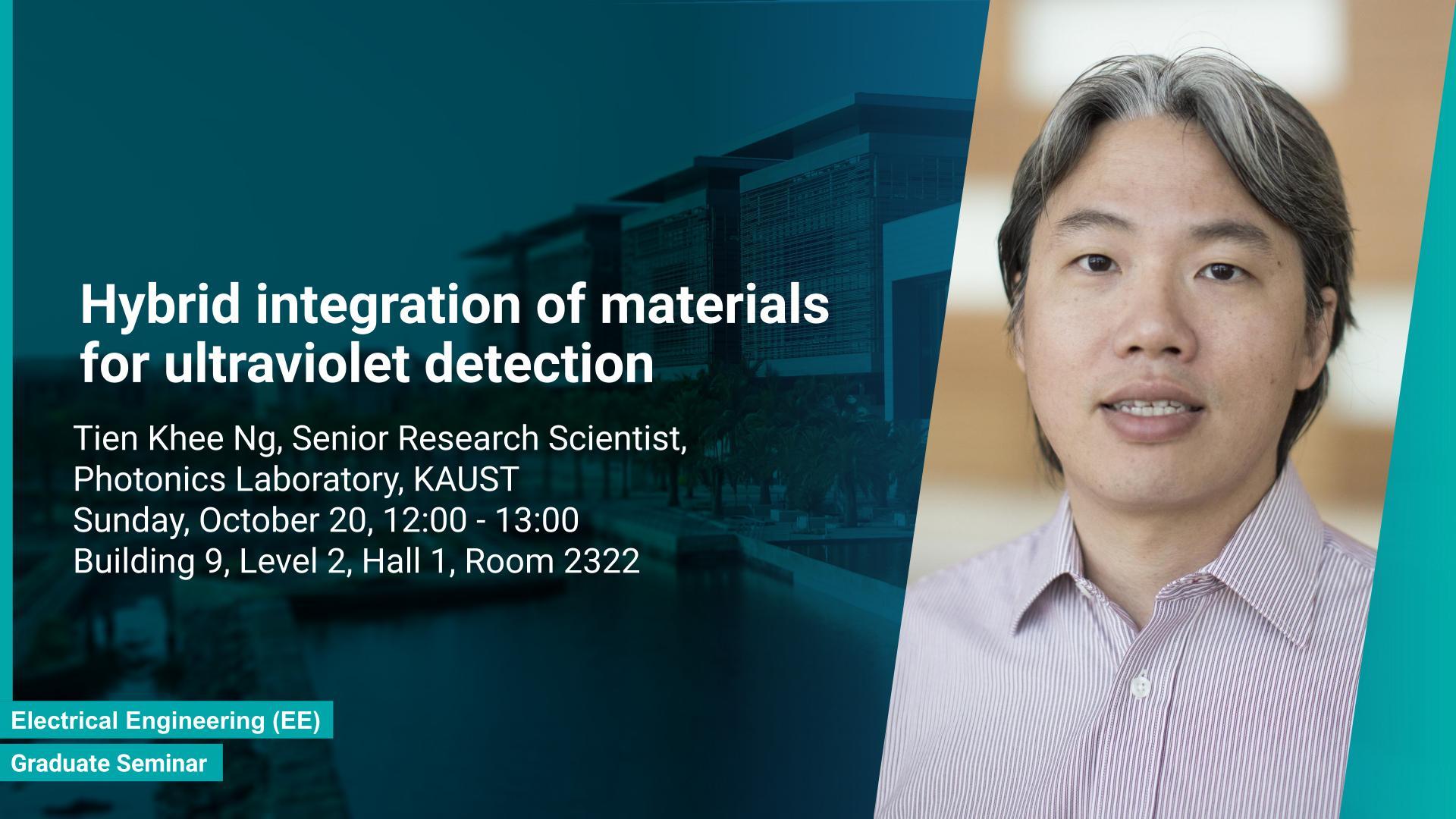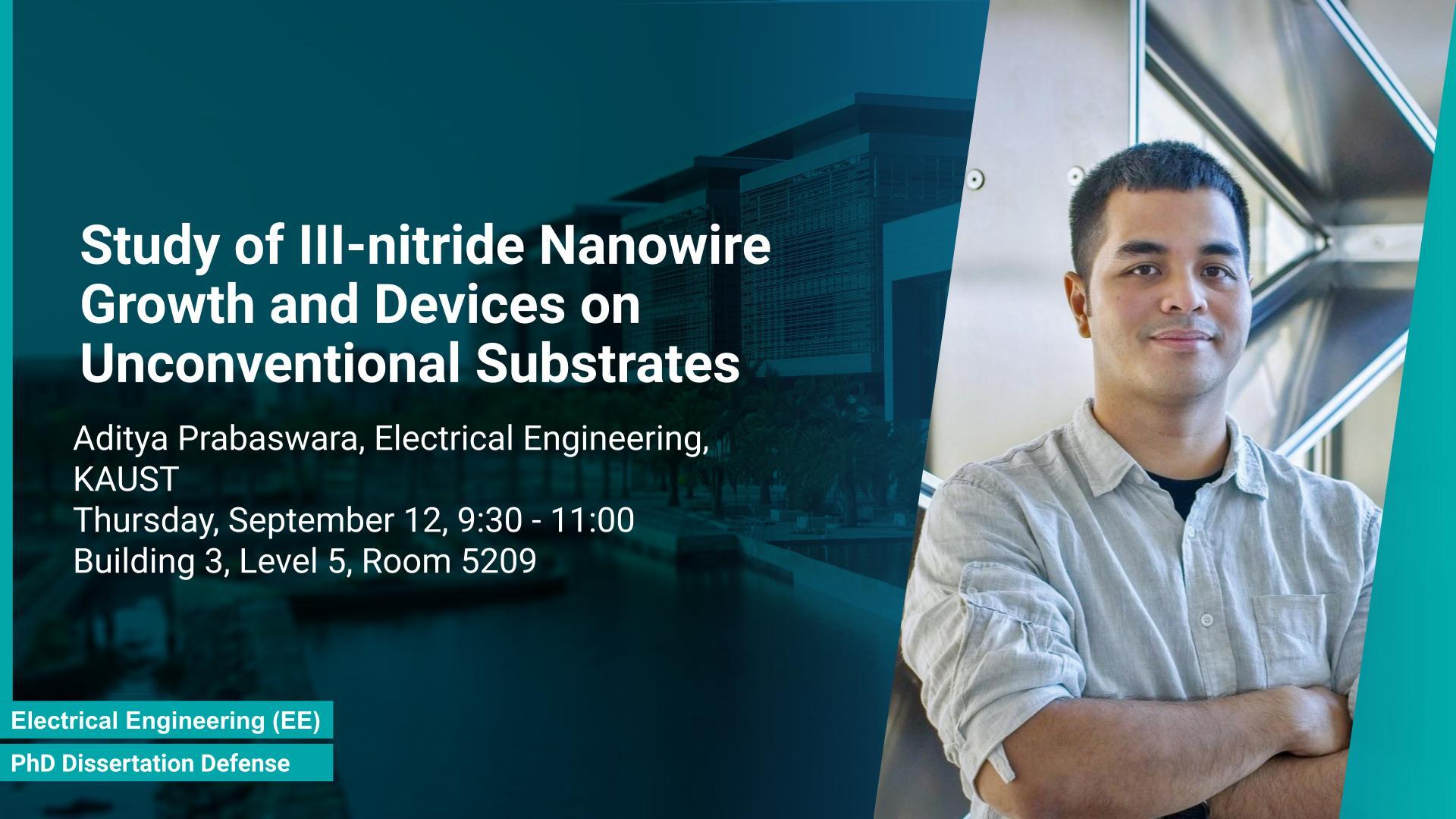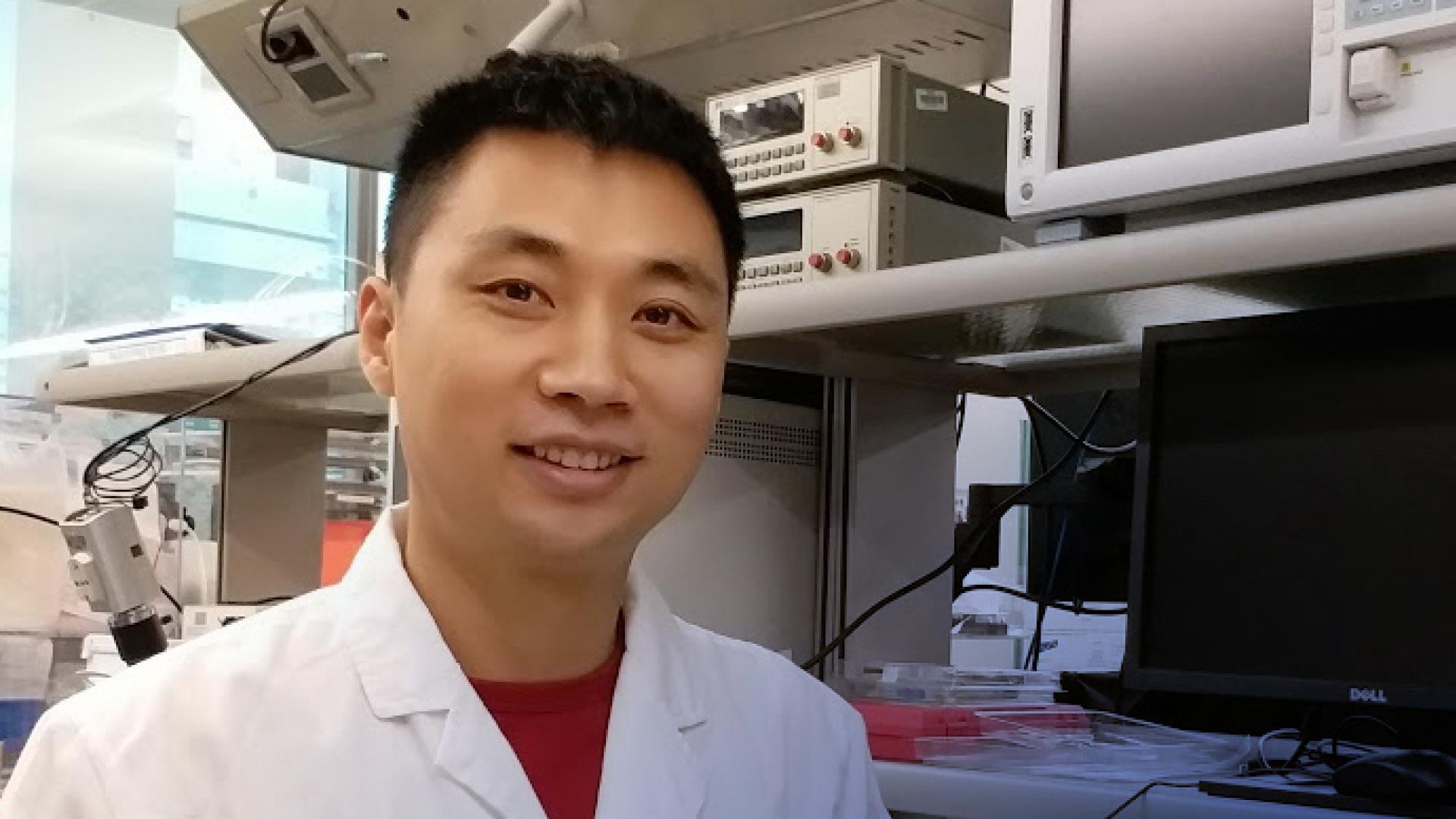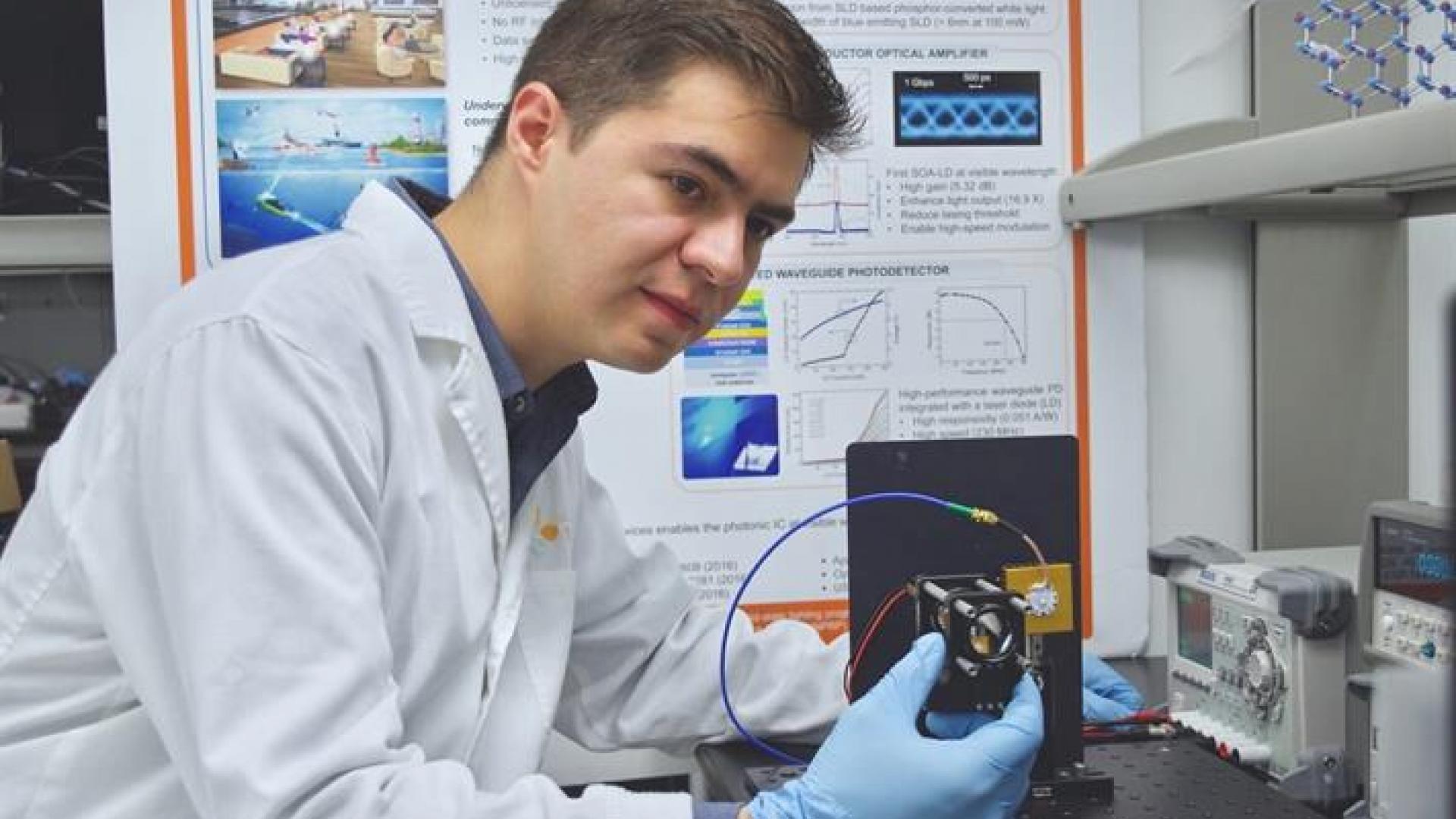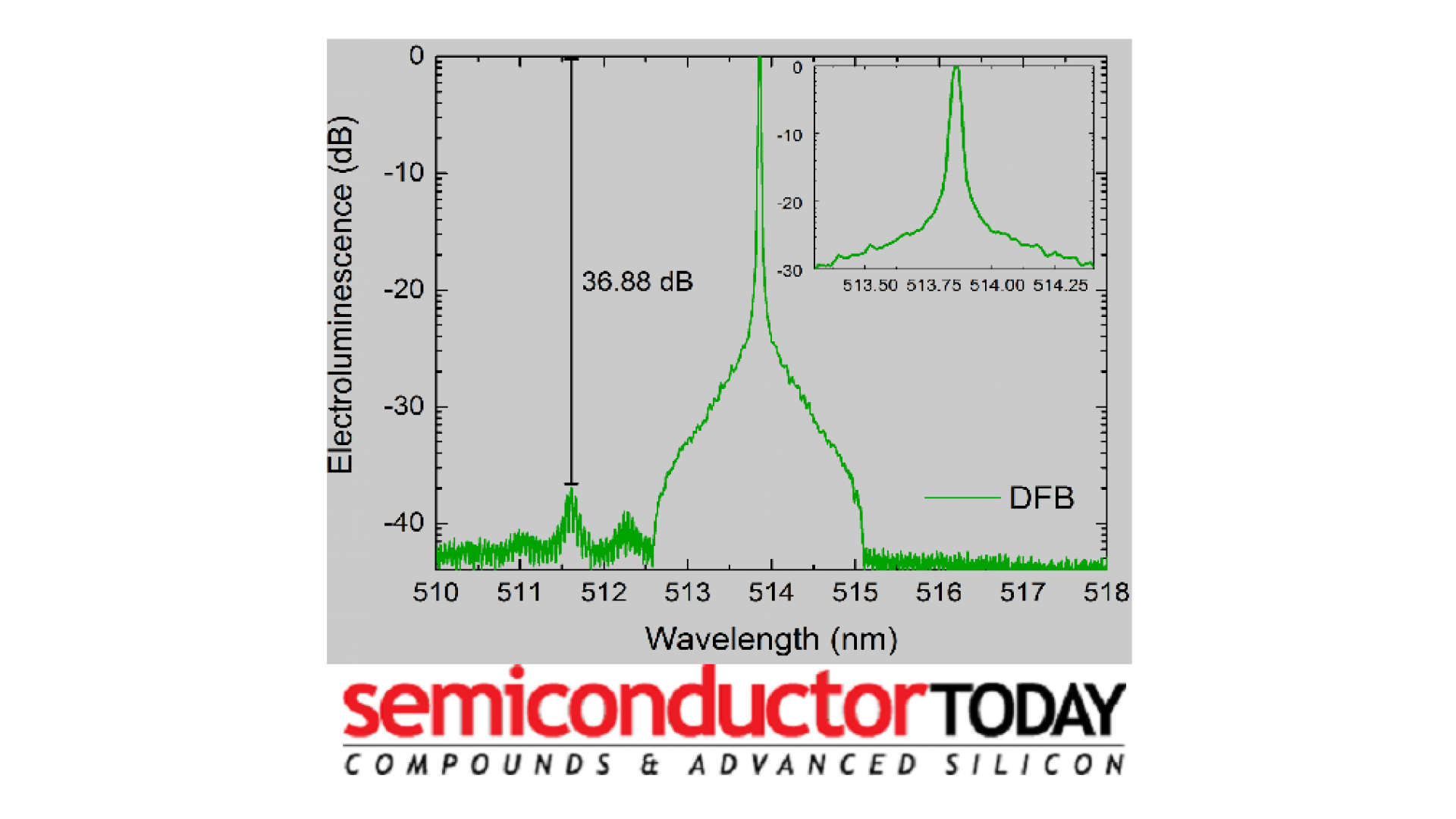The finding that light can be twisted very precisely may offer fresh options for communications infrastructure.
Malleswararao Tangi Receives the Humboldt Research Fellowship for Experienced Researchers.
Study on Deep-Ultraviolet Optoelectronic Devices Enabled by the Hybrid Integration of Next-Generation Semiconductors and Emerging Device Platforms
Study of PA-MBE grown III-nitride nanowires for strain engineering optoelectronics, nano-energy harvesting devices and piezotronics.
Chao Shen awarded a 2017 Young Professional Travel Grant from IEEE Photonics Society.
Semiconductors are pervasive in consumer electronics and optoelectronics, and the related optical devices are deemed disruptive that Nobel Prize in Physics in 2014 was awarded to the inventors of blue light-emitting diodes (LEDs), which “has enabled bright and energy-saving white light sources”.
An inexpensive passive cooling technology could be used to cool buildings in cities, reducing energy consumption.
Study of III-nitride Nanowire Growth and Devices on Unconventional Substrates
Fatimah Alhawaj, a visiting student in the Photonics Lab from the Saudi Research Science Institute (SRSI), won the Top Scientific Paper Award of the SRSI 2019 program for her paper entitled "Group-III Nitride Micro-Photodetector for High-Speed Visible Light Communication Link".
Ultraviolet (UV) group III-Nitride-based light emitters have been used in various applications such as water purification, medicine, lighting, and chemical detection. Despite attractive properties such as bandgap tunability in the whole UV range (UV-C to UV-A), high chemical stability and relative low cost, the low quantum efficiency hamper the full utilization. In fact, external quantum efficiencies of UV devices are below 10 % for emission wavelength shorter than 350 nm.
Congratulations to Dr. Yuan Mao on his elevation to the grade of IEEE Senior member.
SPIE, the international society for optics and photonics, recently awarded KAUST Ph.D. student Jorge Holguín-Lerma a 2019 Optics and Photonics Education Scholarship for his potential research contributions to optics, photonics or other related fields. Holguín-Lerma joined KAUST in August 2016 and is a member of Professor Boon S. Ooi's Photonics Laboratory.
Narrowing the linewidth of the green laser was featured in the June issue Compound Semiconductor Magazine.
Distributed feedback gratings for indium gallium nitride laser diodes” was featured in the May issue of Semiconductor Today Magazine.





